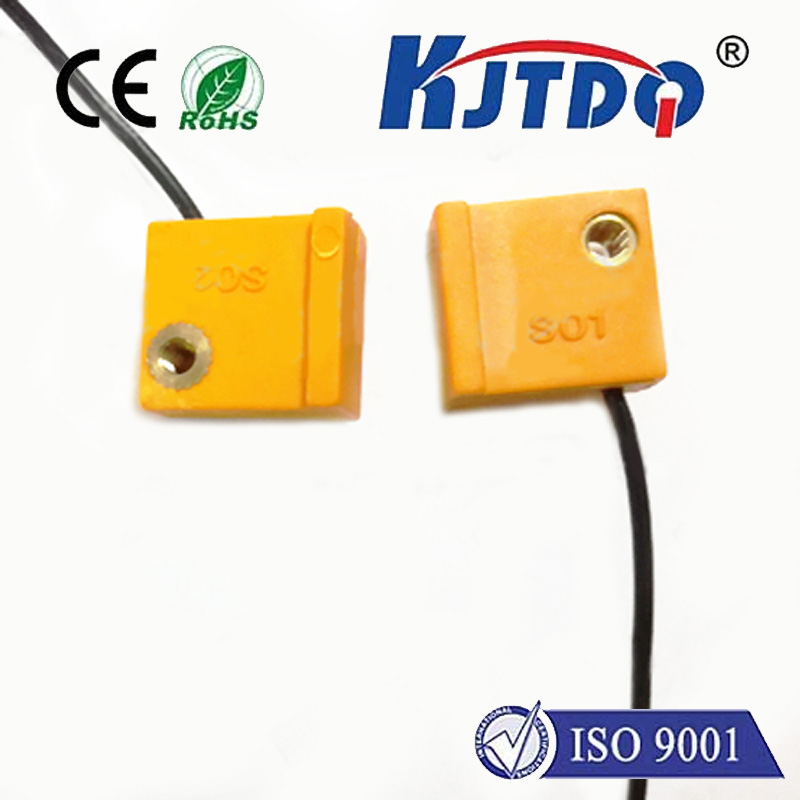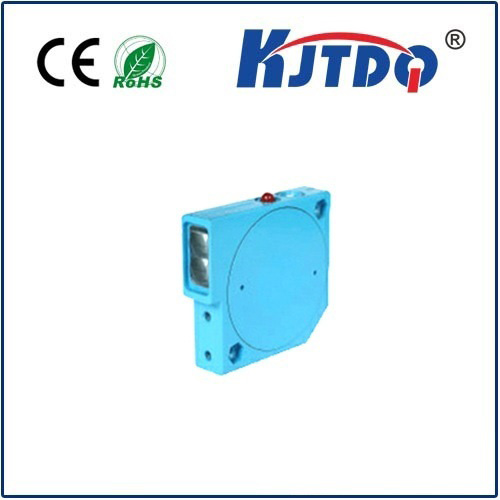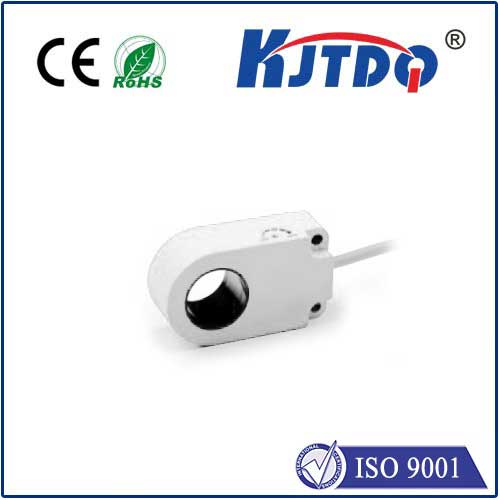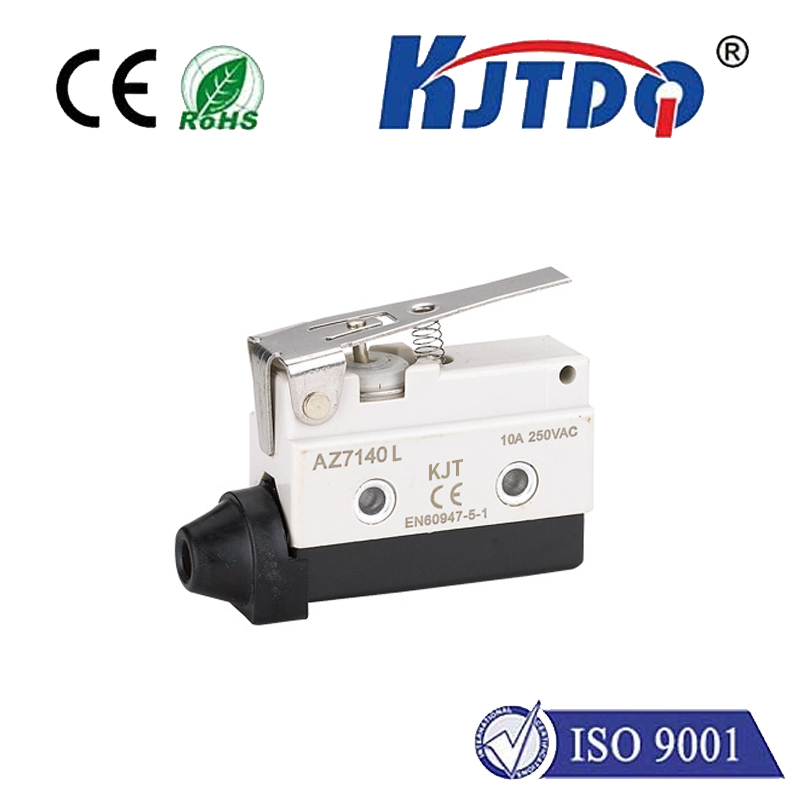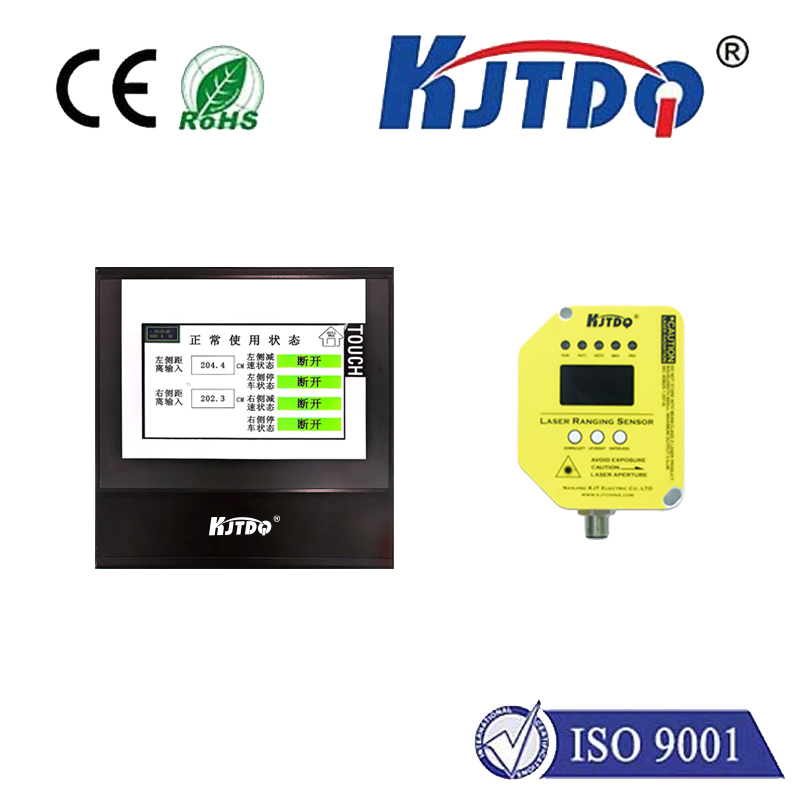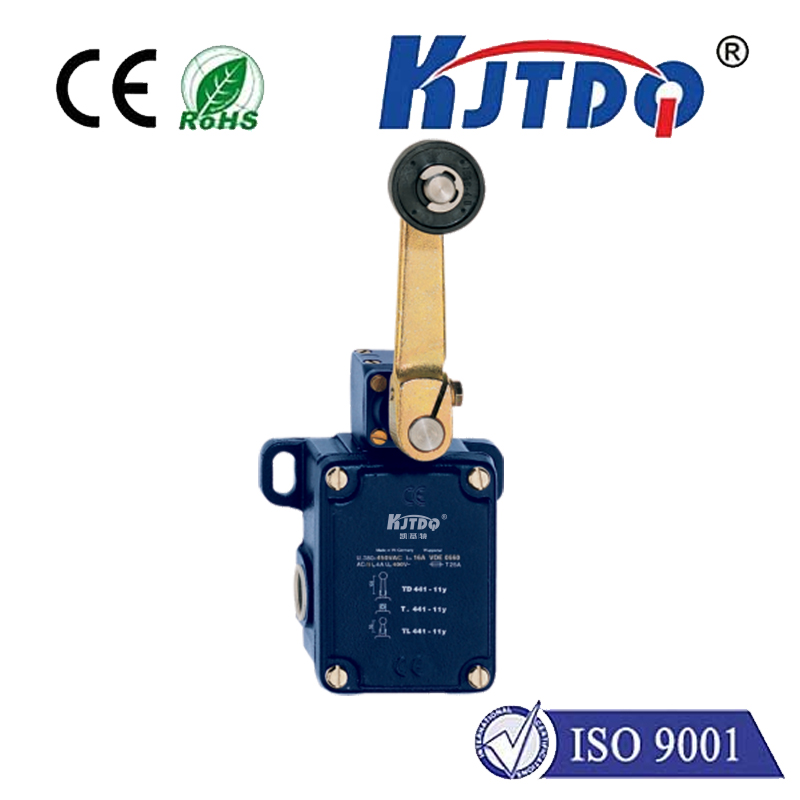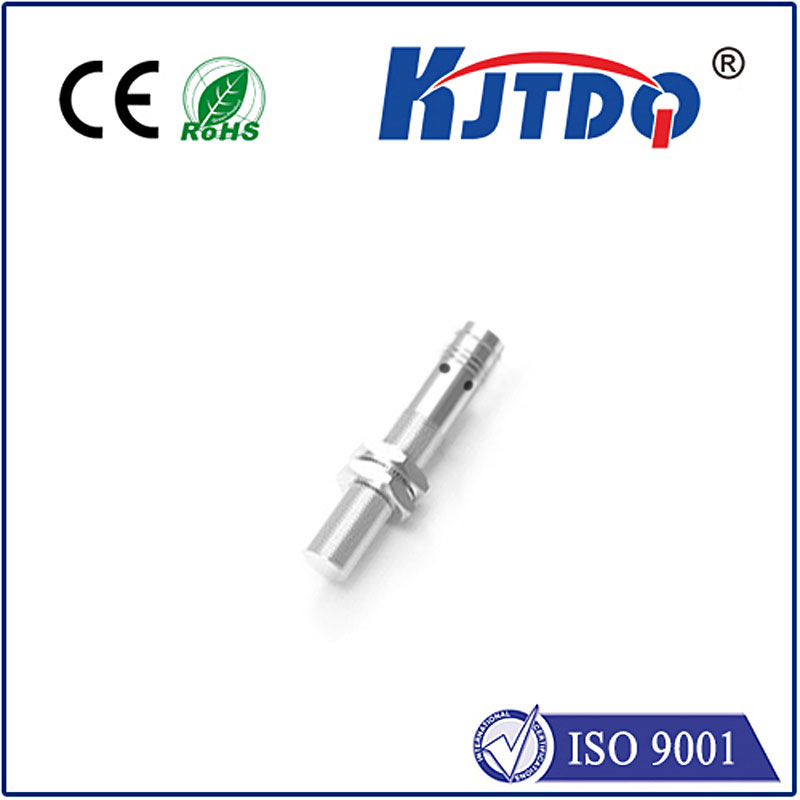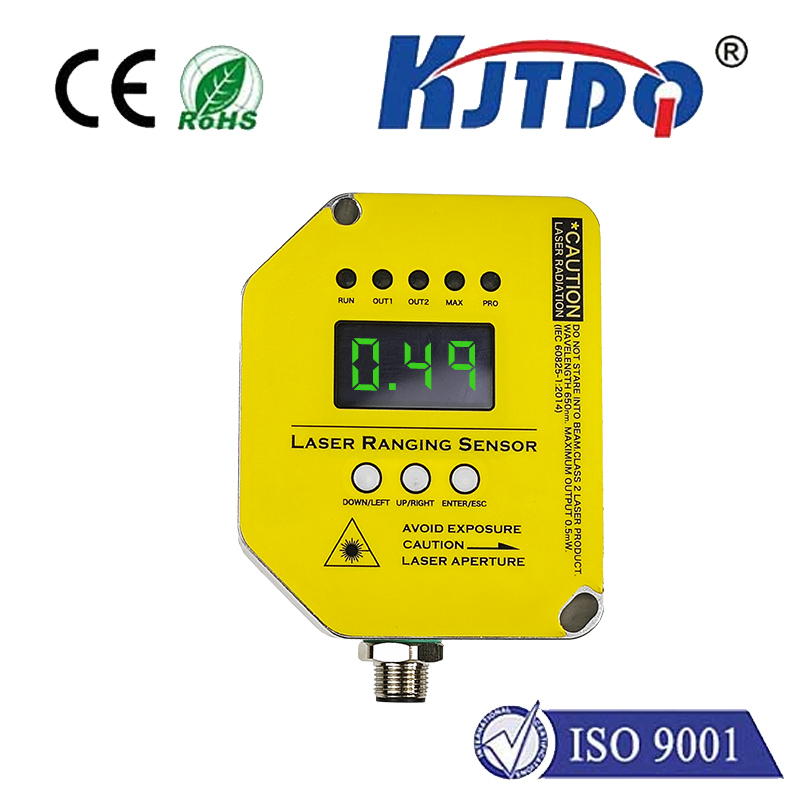ограничительный выключатель цилиндра
- time:2025-08-04 12:22:34
- Нажмите:0
Mastering Cylinder Limit Switches: Precision Positioning in Industrial Automation
Imagine a robotic arm precisely stopping millimeters before its end position, a packaging machine flawlessly ejecting a filled box at the exact moment, or a press safely halting its descent. This consistent, reliable positioning – fundamental to modern manufacturing efficiency and safety – often hinges on an unsung hero: the ограничительный выключатель цилиндра.
Often referred to as a cylinder position sensor or proximity sensor for cylinders, the ограничительный выключатель цилиндра is a critical component in pneumatic and hydraulic systems. Its primary role is to detect the real-time position of a cylinder’s piston rod, sending a clear electrical signal back to the control system (like a PLC) confirming the cylinder has reached a specific point in its stroke.
Why Precision Positioning Demands Cylinder Limit Switches
Without accurate position feedback, automation becomes guesswork. Systems relying solely on timers for cylinder movement are vulnerable to speed variations caused by air pressure changes, load fluctuations, or friction differences. This lack of feedback can lead to:
- Incomplete Operations: Products not fully processed or assembled.
- Over-travel & Damage: Cylinders slamming into end caps or mechanisms.
- Jams & Machine Faults: Mis-timed sequences causing collisions or blockages.
- Reduced Efficiency: Cycle times unnecessarily extended due to fixed delay timers.
- Safety Hazards: Unanticipated machine movements creating risks.
The ограничительный выключатель цилиндра eliminates this uncertainty. By providing definitive positional confirmation, it enables:

- Sequence Reliability: Ensuring downstream actions only occur when the cylinder is confirmed to be in the correct position.
- Optimized Cycle Times: Processes can proceed immediately upon position confirmation, removing wasted “safety time” margins.
- Повышение безопасности: Enabling safety interlocks (e.g., a guard door can only open after the cylinder retracts).
- Process Monitoring: Detecting faults early, like a cylinder not reaching its end position due to pressure loss or jamming.
Core Mechanisms: How Cylinder Limit Switches Work
Two primary technologies dominate the cylinder limit switch landscape:
- Mechanical Limit Switches:
- Principle: A physical lever or plunger mounted externally on the cylinder body is physically actuated by the piston rod or an attached cam as the cylinder reaches its target position.
- Action: This mechanical force changes the internal state of electrical contacts (SPST or SPDT), opening or closing the circuit.
- Pros: Simple, robust, usually cost-effective, provides clear physical feedback, often easier to see activation status visually. High resistance to electrical noise.
- Cons: Moving parts wear over time (mechanical life), slower switching speeds, potential for contact bounce, requires direct physical contact, and generates vibration/noise on actuation. Sensitive to misalignment and mounting force.
- Magnetic Reed Switches:
- Principle: A switch housing containing a sealed reed switch (two ferromagnetic contacts in inert gas) is mounted onto the cylinder body. A powerful permanent magnet is embedded in the piston.
- Action: As the magnet embedded in the piston passes close to the reed switch, the magnetic field forces the reeds together (or apart, depending on type), changing the electrical state.
- Pros: Sealed construction makes them highly resistant to dirt, dust, moisture, and corrosive environments. Non-contact operation offers silent activation, virtually unlimited mechanical life (no moving parts to wear), faster switching speeds, and no contact bounce. Compact size.
- Cons: Requires compatible cylinders with integral piston magnets. Switching distance is limited and fixed. Susceptible to strong external magnetic fields. Typically higher initial cost than basic mechanical switches.
Where Cylinder Limit Switches Shine: Key Applications
The versatility of cylinder limit switches makes them ubiquitous in automation:
- Станки: Confirming tool clamp/unclamp positions, chuck states, tailstock positions.
- Перевозка материалов: Detecting pusher/extractor cylinder positions on conveyors, palletizers, and transfer mechanisms.
- Packaging Machinery: Verifying sealing head positions, case erector cylinder positions, product ejection points.
- Automotive Assembly: Ensuring precise positioning of welding robots, part clamping fixtures, paint spray guns.
- Robotics: Providing end-of-arm tooling (EOAT) cylinder position feedback for gripping, rotating, or lifting.
- Process Equipment: Monitoring valve actuator positions, press positions, and door/latch states.
Installation and Selection: Getting it Right
Proper integration is key to reliable performance:
- Mounting: Switches mount directly onto standard profiles of pneumatic cylinders via mounting clamps or slots. Critical alignment is essential, especially for reed switches, to ensure the magnet passes within the specified sensing range. Misalignment is the most common cause of reed switch failure.
- Positioning: The switch is slid along the cylinder tube to the exact position where detection is required (e.g., retracted end, extended end, or a mid-position).
- Adjustment: Most mechanical switches offer lever angle adjustment. Reed switches rely solely on precise physical positioning.
- Wiring: Connect according to the switch type (normally open/closed, changeover) and voltage/current ratings of your control system inputs. Reed switches typically require simple 2-wire or 3-wire connections.
Choosing the Right Switch: Consider:
- Environment: Harsh (dust, moisture, washdown)? Choose Reed Switches. Clean? Mechanical might suffice.
- Duty Cycle & Life Expectancy: High cycle applications demand the virtually infinite life of Reed Switches.
- Speed Requirement: Reed Switches offer faster switching.
- Noise/Vibration Tolerance: Reed Switches are silent.
- Cost Sensitivity: Basic mechanical switches often have a lower initial cost.
- Cylinder Compatibility: Reed switches require a cylinder with a magnetic piston.
The Indispensable Sentinel
From high-speed packaging lines to heavy-duty presses, cylinder limit switches are the silent sentinels of positioning accuracy in industrial automation. By reliably detecting the piston rod position with either robust mechanical action or contactless magnetic sensing, they form the critical link between physical movement and electronic control. Choosing the right type – be it the enduring simplicity of a mechanical switch or the sealed, long-life reliability of a magnetic reed switch – and installing it correctly ensures machines operate safely, efficiently, and with the precision demanded by modern manufacturing. Integrating these sensors isn’t just an option; it’s a fundamental step towards achieving truly reliable and optimized automated processes. Their precise feedback ensures that cylinders don’t just move, but move purposefully to the exact spot required.


